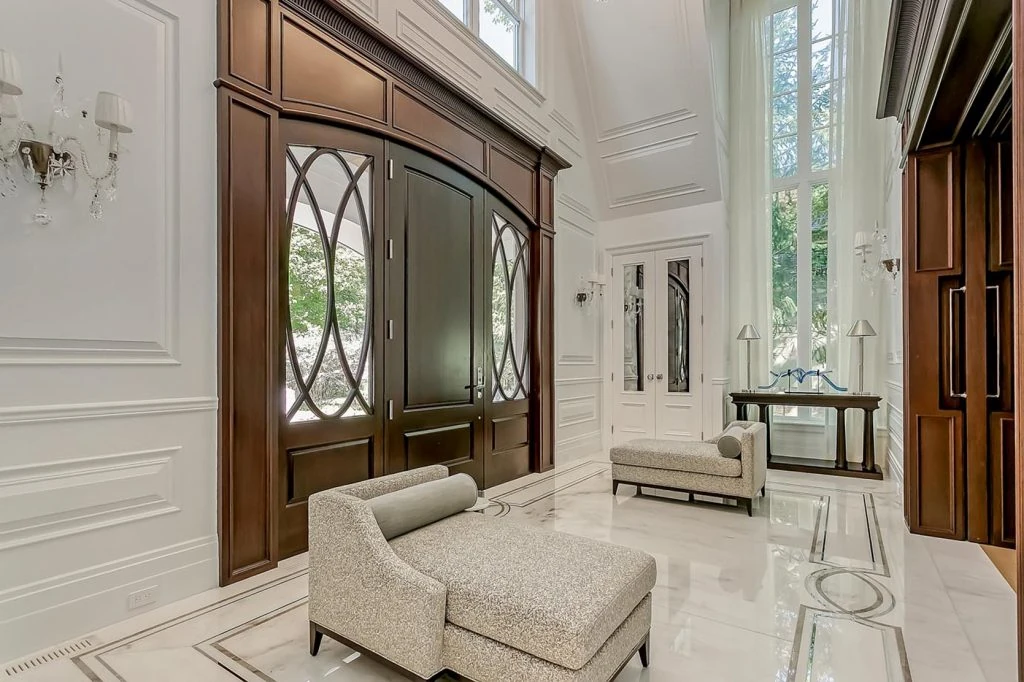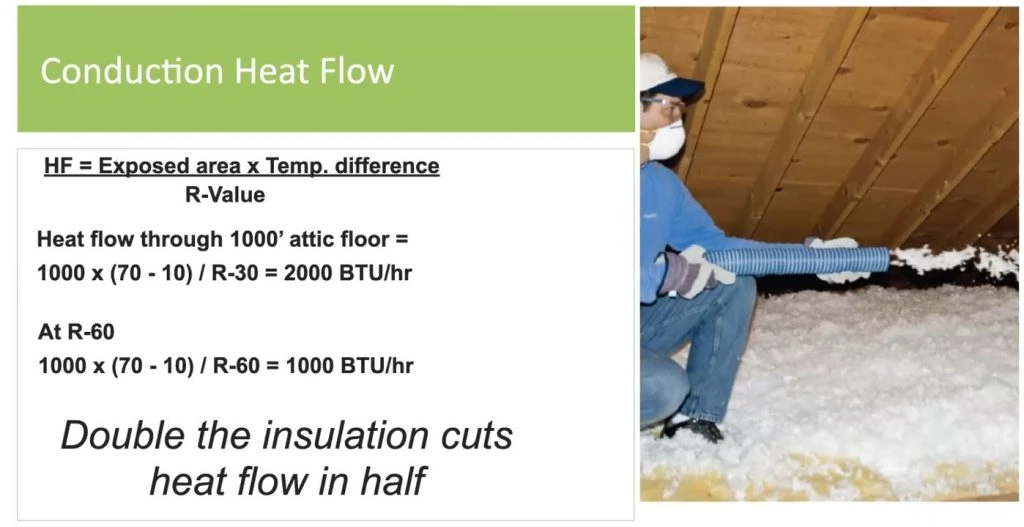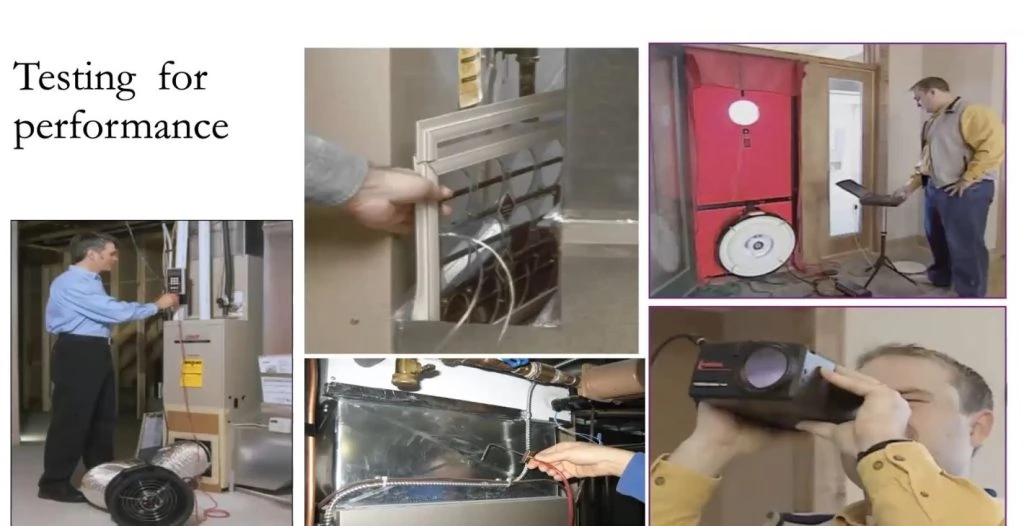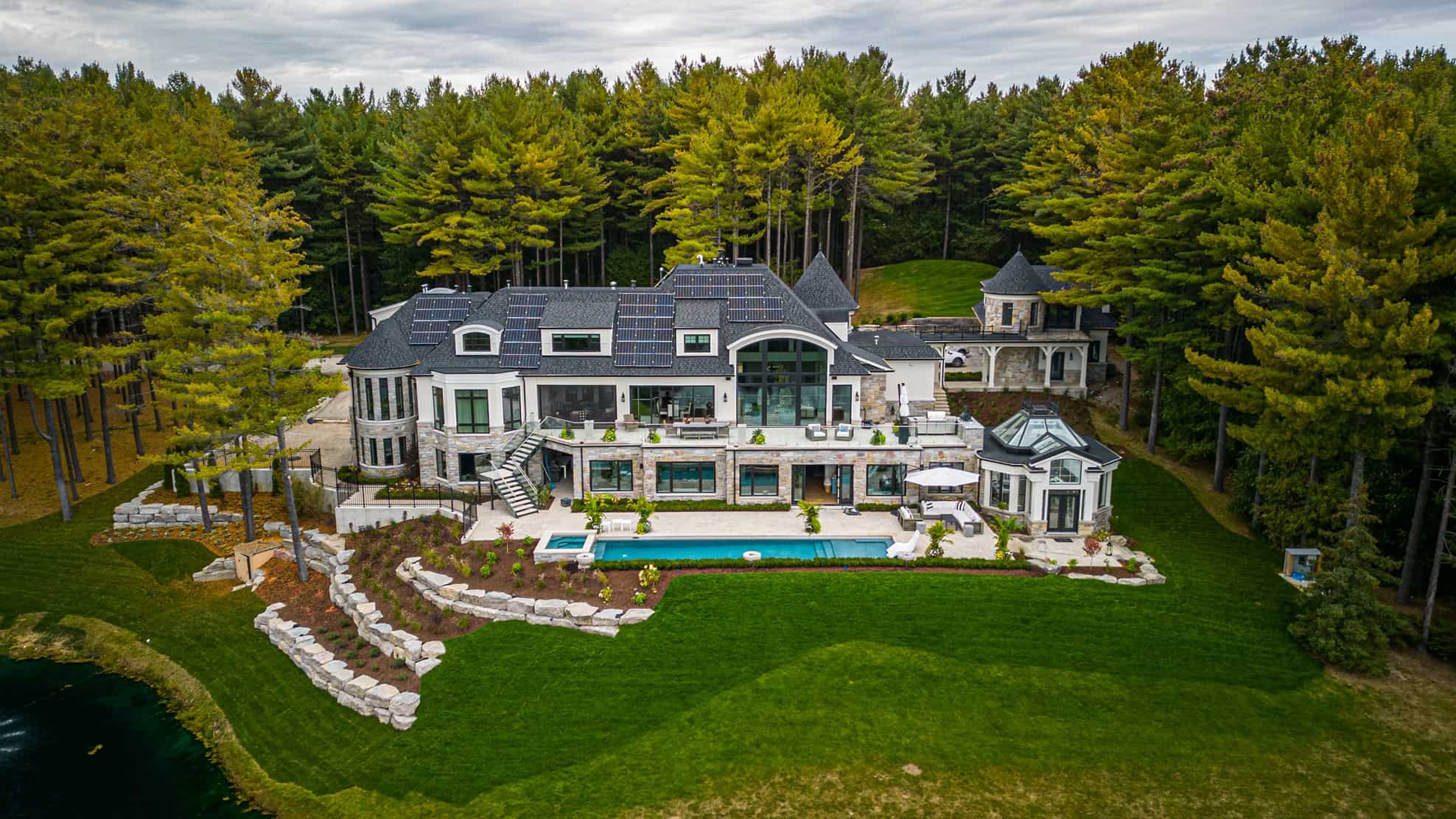If you google ‘what makes a comfortable home?’ you’ll find advice on home decor, furniture, colours, essential oils diffusers, bedding, art work- the list goes on. Over in the world of home building, things keep evolving and expectations of comfort are constantly raising the bar.

Let’s go back to the 1970’s. That decade ushered in a building code for Ontario and, spurred on by high energy prices, insulation became a must for any comfortable home. Back then state of the art homes had R12 in the walls and maybe R20 in the attic. Many homeowners opted for upgrading to double glazed windows to replace the single pane old drafty windows that were commonplace and the Government handed out grants and low interest loans to help with expensive retrofit bills. One quick lesson was learned …. more insulation=less heat loss…. and cut heat loss it did- simple grade 6 science- but not without some unintended consequences!

Recalling back in my youth in the UK, we experienced power cuts caused by coal miners strikes and heating only the rooms in the house that were occupied was the order of the day. The habit of constantly switching lights off was so drilled into everyone that I still have that habit some 50 years later!
But lets get to the point of this article. What makes a comfortable home? After building for 40 years and listening to feedback, both good and not-so-good from our homeowners, there are a handful of key ingredients to a comfortable home and healthy one for that matter.
For readers who want a quick answer:
Our expectations have risen to consider it normal to have constant and even temperatures throughout the home; to easily and conveniently control and adjust the HVAC system, along with having clean filtered healthy air.
This may sound simple but heating system problems still rank high on homeowner warranty complaints. We’ll take, what for many will be, a deep dive into the thought behind engineering a home’s COMFORT. So hang on…..
A comfortable home starts with careful design
The process begins by considering homeowners goals, needs and wants.
1) Whats most important to you?
2) Any likes and dislikes based on your experience in previous homes?
3) Would you like separately controlled zones?
4) Is anyone in the home highly allergic to dust mites or pet dander and/or other health susceptibilities?
5) what’s on your list?
After a thorough discussion and listening to your goals , and concerns, the homes comfort begins with the shell and then moves to the HVAC system design. We lay out options for various combinations of approaches and efficiencies for discussion with you, along with consideration of costs to arrive at the best system to suit your goals and budget.

If Net Zero, Passive Haus or Energy Star labels are being considered, then the design takes a more rigorous path, rather than complying with building code minimum standards. Different scenarios are analyzed with window efficiency options; heat pumps; insulation R values; air tightness. Once the perfect recipe is finalized this becomes the playbook to guide the rest of the heating design.
The Building code in Ontario is “stair stepped” to achieve NET ZERO by 2032 and many homeowners opt for building now to NET ZERO specifications to future proof their investment and give them a comfortable and healthy home! Interesting factoid, the building code is set to be NET ZERO by 2032 as a standard requirement
Select the Right Equipment
Once the building envelope (walls and roof) have been designed the heating and cooling equipment is now selected. Premium equipment is invariably quieter and more energy efficient. Its also more versatile so it can respond to the challenges our Canadian climate throws at it! More importantly, selecting the right equipment will ensure the best operational economy, and lower ongoing energy bills! For instance heat pumps vary considerably and a lower priced unit may still qualify for, say the Net Zero program but the higher priced units will provide higher efficiencies down to colder temperatures ensuring you save money and stay comfortable right through the winter.
DID YOU KNOW? A heat pump produces up to 4 times more energy than it uses?


Ground source ( instead of Air source) heat pumps are also an option but they become more feasible in rural settings. The added administration, capital costs and mobilization in urban areas makes the air sourced heat pumps an attractive choice compared to ground source. While gas is still marginally cheaper to run than an air source heat pump, dual fuel systems are often preferred. So gas can be used to benefit form the lower costs of energy.
DID YOU KNOW? A net zero home reduces energy consumption by as much as 65%?
In a high performance home energy demands are greatly reduced compared to minimum building code requirements. Energy demands are in fact, so low furnaces cycle less and less under the lower demands. As the calls for heat and cooling reduce, the only fan that maybe running constantly in your home is the ERV or HRV. The fresh air introduced into the home by the ERV used to be automatically circulated by the furnace but with reduced heat loss and heat gain moving this fresh air around, providing filtration and controlling humidification/ dehumidification requires careful design. Further, as the home construction gets tighter, greater attention is paid to make up air ( air that is introduced to stop the home from depressurizing when extraction fans are turned on).
Inspecting and Testing
Guarantee Your Comfort
Once the HVAC system is installed to the rigorous specifications, commissioning and testing is an absolute must. Making sure the air flows are balanced and calibrated and having third party inspections assures the system will function the way it was designed and intended. Regrettably this is an often neglected step and home comfort problems caused by an improperly set up HVAC system are often simply addressed when identified by the homeowner.

Breathe Easy
Here is where a high performance home shines. Gone are the old days of drafty homes, with rooms impossible to heat or cool as the seasons change, with windows not properly designed to keep out the hot sun on a summer’s afternoon and overwhelming the air conditioning. With a tight shell, efficient windows and increased insulation a high performance home means that the fresh air, filtration and humidification can now be carefully “tuned’ to create the perfect comfortable environment. That means waking up rejuvenated and refreshed by your home. With perfectly filtered fresh air your home is truly a “bio dome” to invigorate and recharge your batteries!

If you stop to consider, its simple commonsense. Imagine trying to keep your tire pressure correct in your car, when you have three nails in your tire, constantly deflating the tire. With the house sealed up so the indoor air can be treated, fresh air is carefully calibrated and filtered to remove VOC’s and other indoor pollution. And that sealing is also applied to under the basement slab preventing radon, (the number one cause of cancer after smoking) , from entering your home. As a foot note, one other added benefit … because the shell of the home has been sealed your home has less insects and house flies!!
Read more on Healthy Homes https://www.chba.ca/CHBA/BuyingNew/Net-Zero-Homes.aspx/ and here learn how properly humidified homes are essential to good health https://40to60rh.com/ . Read more on Chatsworth’s blog https://chatsworthfinehomes.com/the-best-relative-humidity/.
We’d be remiss here not mentioning our energy consultants Building Knowledge Canada who provide training, information and testing on Net Zero and other high performance home building methods. https://buildingknowledge.ca
Hopefully, this short article is helpful and we’ve given you an idea of how important a carefully balanced home is and how each part works in concert to provide a comfortable and healthy home!






